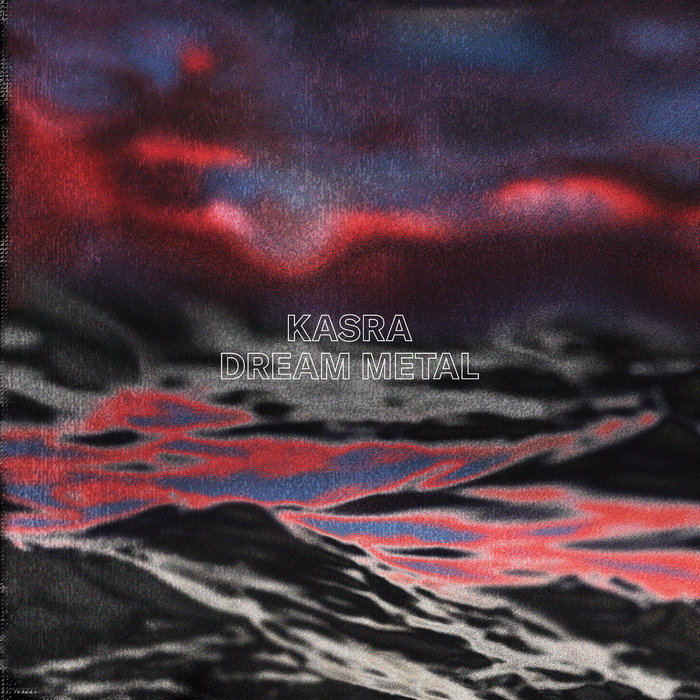
City Of Rain – Kasra & Slay
this blog is GROOVY – check out great Soul, Funk, Jazz, Hip Hop, Bass, Breaks , Reggae, House n many more TUNES
Alright, cool cats and groovy souls! Let’s take a ride through the colorful lanes of critical music—a genre that might just set your mind spinning faster than a record on a turntable. We’re talking about rhythms that challenge society, lyrics that speak truth to power, and beats that make you wanna dance while you think.
At its core, critical music isn’t just about catchy hooks or funky grooves—it’s all about using sound as a vessel for social commentary. This genre challenges norms and pushes boundaries with bold messages and thought-provoking themes. Think rap battling political corruption or punk rocking against the establishment. These artists get down not only to entertain but also to enlighten!
Back in the day during the civil rights movement in the 1960s, artists like Bob Dylan were kicking off this whole critical vibe with songs like “The Times They Are A-Changin’.” Dylan’s poetic lyrics were sharp enough to cut through societal ignorance like butter.
And who could forget Gil Scott-Heron, whose spoken word pieces blended jazz with fierce critiques of American culture? His track “The Revolution Will Not Be Televised” was revolutionary (pun intended), challenging listeners to wake up from their mundane lives glued to the television screen.
Did you know Bob Dylan wasn’t always known by his iconic name? Born Robert Zimmerman, he picked “Dylan” after poet Dylan Thomas because he wanted something snazzier! Imagine going from “Zimmerman”—cool but kinda ordinary—to “Dylan,” which just oozes coolness!
As we cruised into the late ’70s and early ’80s, punk rock stomped onto stages everywhere armed with guitars and attitude. Bands like The Clash turned rebellion into an art form with hits like “Should I Stay or Should I Go,” blending catchy riffs with biting social critique.
Punk was all about doing it yourself too; no fancy studios necessary! Just grab some friends, make noise, and shout about what bugs you—that’s how legends are born!
Now here’s a knee-slapper: Sid Vicious of The Sex Pistols played bass guitar but never actually learned how! He famously faked it on stage so well that fans thought he was playing live when most times he wasn’t even plugged in—talk about DIY chaos!
Fast forward to the birth of hip-hop in the late ’70s; suddenly everyone had something to say! Artists like Public Enemy blasted out tracks packed full of messages on race relations and injustice. Their song “Fight the Power” became an anthem for movements worldwide.
Hip-hop has evolved drastically since then—it went from block parties in New York City basements to dominating global charts. But one thing remains constant: hip-hop continues being an outlet for voices often left unheard.
Let’s talk Flavor Flav—the wild hype man from Public Enemy—who is notorious for wearing oversized clocks around his neck. You might think it’s fashion… but nah—it stems from him being told time after time that life is short! There goes your chance at subtlety when you’re wearing literal reminders all day long!
Jumping into today’s groove factory brings us musicians keeping things alive through rap battles over social issues or indie rock address climate change head-on. Artists like Kendrick Lamar, who won multiple Grammys—and praise galore—for tracks reflecting systemic racism are continuing this legacy proudly.
Then there are bands such as Rise Against, tackling topics such as war atrocities while still managing those killer melodies we can jam along to without losing our minds or hearts completely (lookin’ at you again Punk!).
Kendrick Lamar once wrote his entire debut album while recovering from sticky situations involving foot pain – talk about dedication coming straight from true artist vibes right there!! Who knew injuries could inspire greatness?
So whether it’s jazz-infused poetry crying out against oppression or punk rockers waving their middle fingers at authority figures—or even contemporary rappers addressing urgent issues—you see how each beat echoes beyond mere entertainment?!
Critical music isn’t merely notes strung together; it’s an invitation for dialogue wrapped around fresh sounds meant not only stir up emotions but also bring awareness lasting longer than any chart-topping hit ever could!!
Next time you’re jamming out alone (or surrounded by friends), remember these artists did more than simply create—they sparked conversations worth having…and maybe even gave us some laughs along our journey too! So let’s keep dancing down this road together—in perfect harmony amid reformed realities waiting within every sweet groove ahead 🎶

City Of Rain – Kasra & Slay